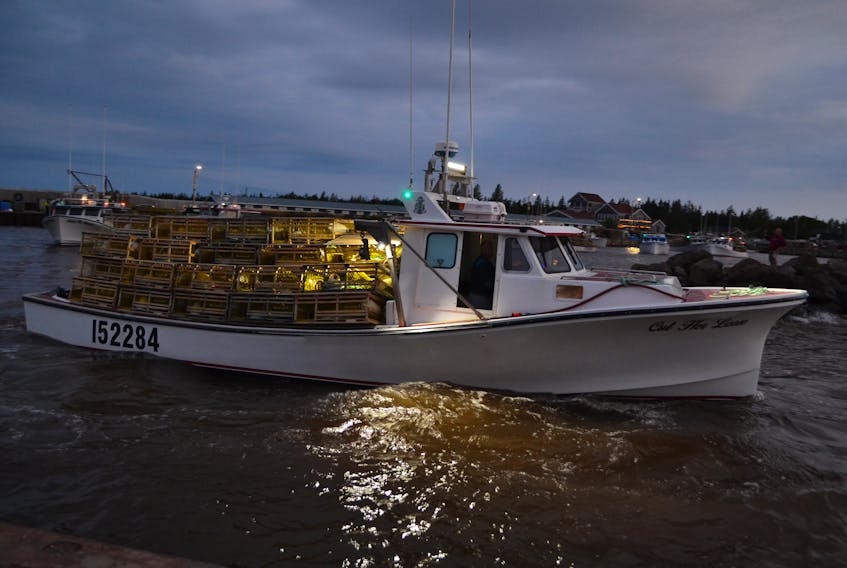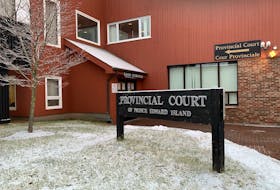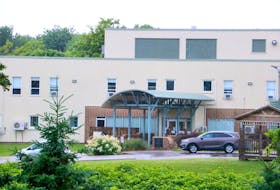Pierre LeBlanc needs to decide by Friday whether he’ll bring in dozens of temporary foreign workers.
As of Sunday, he didn’t even know if there would be a Gulf of St. Lawrence lobster fishery this year.
“Nothing,” he said of what useful information he gleaned from a statement put out from federal and provincial fisheries ministers on Friday.
The joint statement said in essence that they’re talking to each other, industry and scientists.
LeBlanc and every other processor needs to know if there will be a lobster or crab season in the Gulf this year and if so, when will they open and how long will they last. Normally, most of the Gulf of St. Lawrence and Northumberland Strait open to lobster fishing on May 1, with crab coming on shortly thereafter.
“The importance of opening dates were discussed at length, and we agreed, these decisions need to be made in consultation with impacted partners and with sound science-based approaches,” reads the joint statement from federal Fisheries Minister Bernadette Jordan and her Atlantic Canadian provincial counterparts.
“We recognize that current market conditions facing our industry are challenging, and the need to ensure that logistical support systems are in place to facilitate the movement and sale of seafood products.”
The statement then points to the Canada Emergency Response Benefit that will pay $2,000 a month to anyone put out of work with COVID-19 as a mitigating factor.
But with lobster licences going for nearly a half-million dollars in many harbours along the shore and the right to fish crab inshore going for around $130,000 per trap, that benefit doesn’t relieve the stress of recent buy-ins to this debt-driven industry.
Buyers and processors also rely upon debt.
Most secure a line of credit from a bank in the spring to lay out money to bring in workers, pay local ones, buy bait, fix up equipment and pay fishermen.
Only after the lobster is processed and shipped to market does money start coming back in.
During a pandemic people horde canned beans and rice and hotdogs, they don’t fill their freezers with luxury products like lobster and snow crab.
So processors don’t know if after borrowing money to start up they will get that money back.
And neither do the banks who would lend them the money.
“For lobster, you’ve got an eight-week window in the Gulf, but you’ve got to think not just what is going to happen with the economy this next month and the month after but what’s going to happen in September, October and into December,” said John Sackton, founder of SeafoodNews.com.
He used the metaphor of a house freezing up in the winter and the importance of keeping a trickle of water running through the pipes to keep them from bursting and then causing untold damage when the weather warms again.
“I think there can be some healthy arguments made to delay the fishery and you certainly don’t want to take the full volume ashore you have in other years,” said Sackton.
“But on the other hand, it’s really important to have some sort of limited fishery because those casinos and restaurants will reopen and you want to have some lobster to sell them.”
If those restaurants and casinos can’t get lobster and snow crab, they’ll buy something else.
And they might buy something else next year, too.
Sackton sees a role for government in guaranteeing credit to processors so they are willing to borrow and someone is willing to lend them money to start up.
“You’ve got to have somebody guarantee that plant is not going to go bankrupt because they bought lobster this year,” said Sackton.
Meanwhile, LeBlanc is hoping to hear something more useful from the various fisheries ministers this week.
The community of 3,000 where his plant employs 140 has done well off crab in recent years – with tens of million of dollars worth of it coming over the wharf each season.
That’s not even including lobster landings.
But this year it’s looking rough.
So LeBlanc has decisions to make.
“If people are willing to come and work, I will try and open the plant,” said LeBlanc.
“But I don’t know.”









